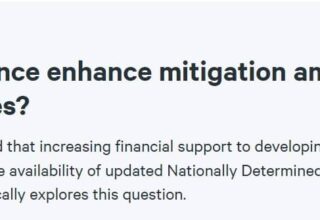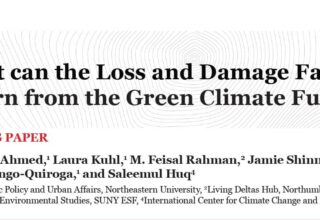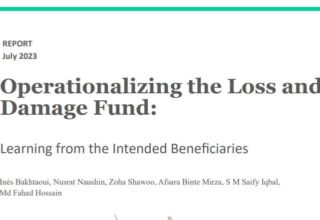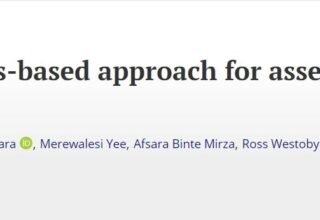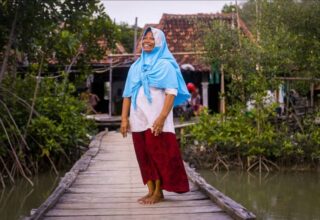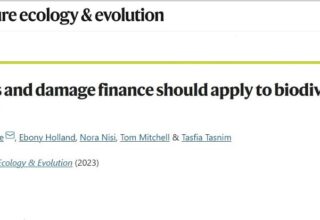Among the many adverse impacts of climate change in the most vulnerable countries, climate change–induced displacement increasingly caused by extreme weather events is a serious concern, particularly in densely populated Asian countries. Reports by the Intergovernmental Panel on Climate Change (IPCC) project a grim picture for South Asia, the most populous region on Earth, home to about one-quarter of global population, with the highest poverty incidence. A combination of poor socioeconomic indicators and increased frequency and intensity of cyclones and floods renders the region extremely vulnerable. Meanwhile, slow-onset climate hazards, such as sea level rise, salinity intrusion, water stress, and crop failures gradually turn into larger disasters. Within South Asia, Bangladesh stands as the most vulnerable: 4.1 million people were displaced as a result of climate disasters in 2019 (2.5% of the population), 13.3 million people could be displaced by climate change by 2050, and 18% of its coastland will remain inundated by 2080 (1). We describe how, faced with such natural and human-made adversities, Bangladesh can stand as a model of disaster management, adaptation, and resilience.
The Paris Agreement goal of keeping the temperature rise at 1.5°C or well below 2°C compared to pre-industrial times may not be achieved, given the lack of ambitious mitigation. As a result, the number of people estimated to be displaced by slow-onset events will stand at ∼22.5 million by 2030 and ∼34.4 million by 2050 (2). A combination of sudden and slow-onset climate events, which affect all elements of the environment, becomes the main driver of environmental displacement.
Migration is an adaptation strategy. An estimated half a million people move to Dhaka, the capital city of Bangladesh, each year. Migration of this magnitude presents a challenge for Bangladesh given its small land area (147,570 km2) and high population density (∼1100/km2). There is simply little space for retreat: Bangladesh’s population is half that of the United States, living on ∼1.5% of the land area of the United States.
Usually, three pathways can be discerned with respect to how displaced people are settled: autonomous relocation by displaced individuals (without much government support), government-supported temporary settlement, and planned relocation. In Bangladesh, the first option overwhelms, followed by efforts for temporary settlement, until the government rehabilitates their former residences. Planned relocation or managed retreat in response to climate change (3) is not yet happening widely because of space and resource constraints.
Authors:
Mizan R. Khan, Saleemul Huq, Adeeba N. Risha, Sarder S. Alam
Article Link
